Remember when shopping malls were the beating heart of American social life? These weren’t just places to buy things – they were destinations where teenagers hung out after school, families spent entire Saturdays, and communities gathered under soaring glass ceilings. Back in their heyday, these magnificent retail palaces represented the pinnacle of modern convenience and style, each one promising a little slice of the good life wrapped up in marble floors and fountain music.
1. Southdale Center – Edina, Minnesota
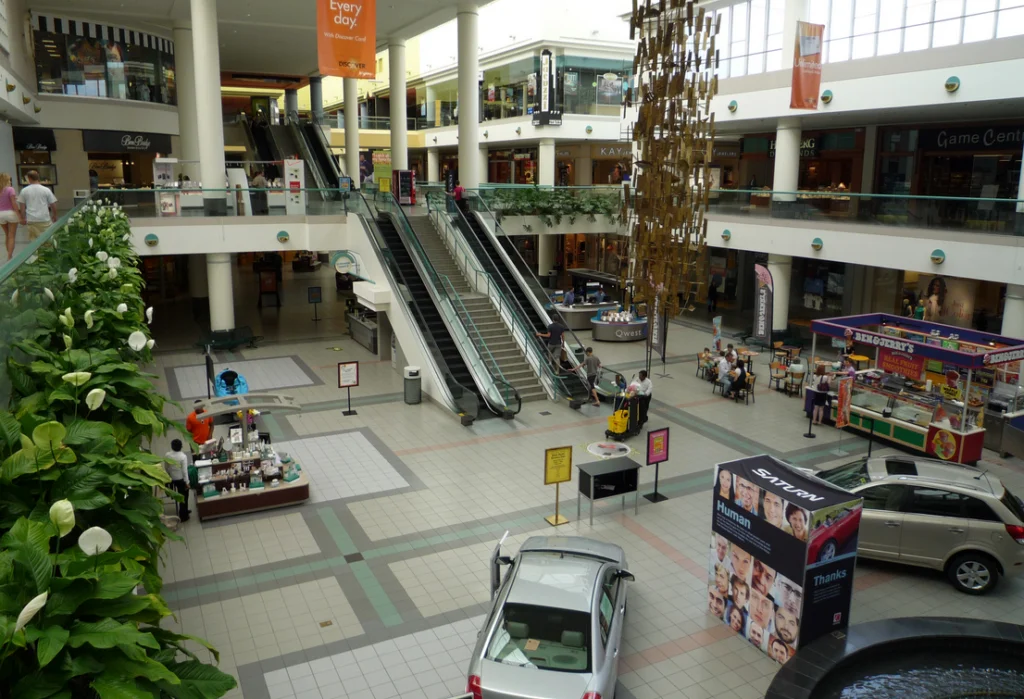
Southdale Center holds the distinction of being America’s first fully enclosed shopping mall, opening its doors in 1956 with all the fanfare of a space launch. Designer Victor Gruen envisioned it as a “town square” for the suburbs, complete with a central court featuring a soaring ceiling, lush plantings, and the gentle sound of flowing water. The two-level design with anchor department stores at each end became the template that thousands of malls would follow for decades to come. Gruen Associates dives further into just how this revolutionary concept came to be.
Walking through Southdale in its prime felt like stepping into the future – air conditioning kept you comfortable year-round while natural light filtered down from the skylights above. Families would make entire day trips out of visits, with parents shopping at Dayton’s or Donaldson’s while kids pressed their noses against toy store windows. The mall’s revolutionary design created an indoor Main Street where weather never interfered with the pleasure of browsing, socializing, and discovering the latest fashions.
2. Woodfield Mall – Schaumburg, Illinois
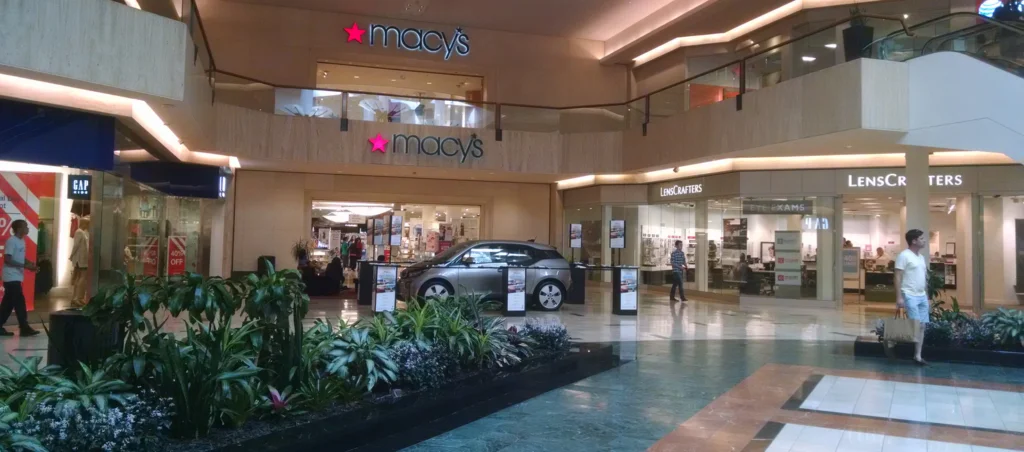
When Woodfield Mall opened in 1971, it was the largest shopping center in the world, sprawling across 2.2 million square feet of retail paradise. The mall’s distinctive design featured wide corridors lined with elegant storefronts, multiple levels connected by graceful escalators, and department stores that felt like palaces of commerce. Marshall Field’s, JCPenney, Lord & Taylor, and Sears anchored the corners like four cardinal points of the shopping universe. According to WTTW, the creation of this mall had a lot of big names behind it from the start.
During the 1980s, Woodfield became synonymous with the suburban American dream, attracting shoppers from across the Midwest who would drive hours just to experience its grandeur. The mall’s central court was a popular gathering spot, especially during the holidays when elaborate decorations transformed the space into a winter wonderland. Teenagers from nearby high schools treated Woodfield like their own private kingdom, meeting friends at the food court and spending allowance money at record stores and boutiques.
3. South Coast Plaza – Costa Mesa, California
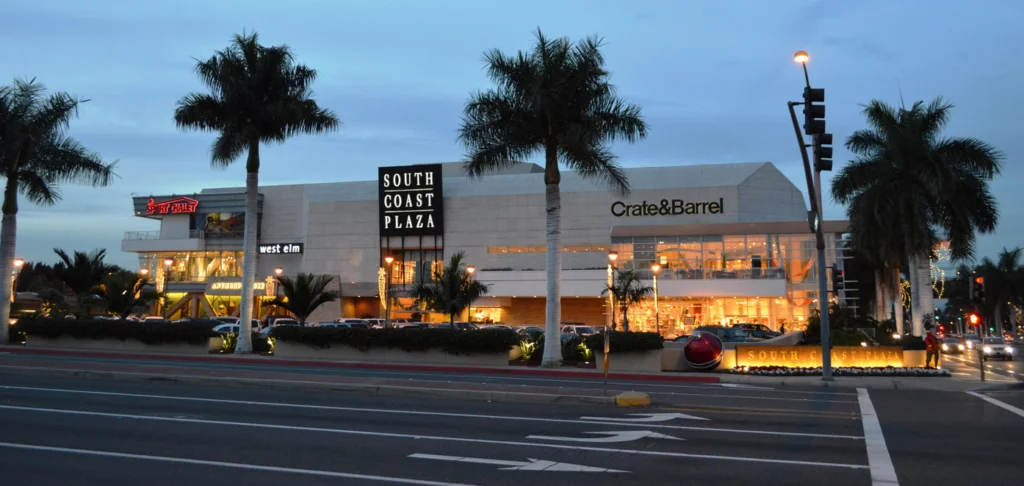
South Coast Plaza opened in 1967 and quickly established itself as the crown jewel of West Coast shopping, attracting Hollywood celebrities and everyday families alike. The mall’s sophisticated atmosphere set it apart from other shopping centers, with marble fixtures, museum-quality art installations, and upscale retailers that made every visit feel like a special occasion. Luxury brands like Nordstrom, Saks Fifth Avenue, and Neiman Marcus created an environment where shopping felt more like entertainment than a chore. Newport Beach Magazine marked a huge milestone for this shopping center several years ago, with another big occasion not far on the horizon.
The California sunshine streaming through the mall’s skylights created an almost magical ambiance, while perfectly manicured planters and fountains added touches of elegance throughout the corridors. Families would dress up for trips to South Coast Plaza, treating mall visits like outings to the theater or symphony. The dining options ranged from casual food court favorites to white-tablecloth restaurants, making it possible to spend an entire day without ever stepping outside.
4. King of Prussia Mall – King of Prussia, Pennsylvania
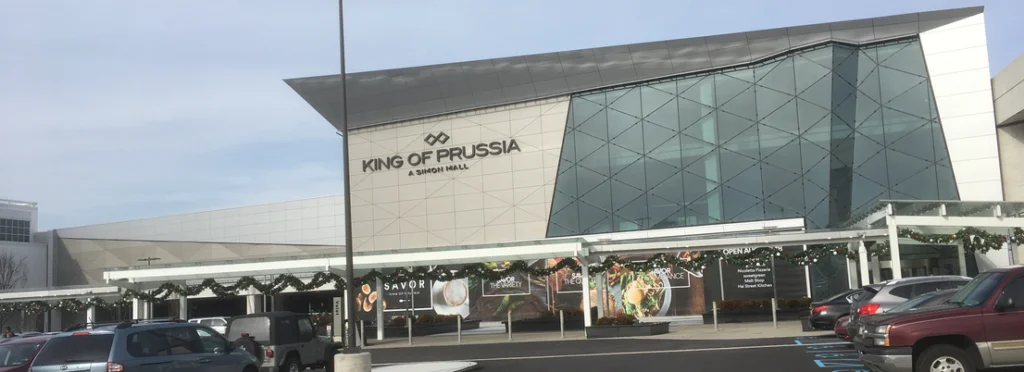
Starting as two separate malls in 1963 and 1981 before connecting into one massive complex, King of Prussia Mall became the East Coast’s answer to mega-shopping destinations. The original Court section featured classic department stores like Wanamaker’s and Strawbridge & Clothier, while the later Plaza addition brought contemporary retailers and dining options. Together, they created a shopping experience that could easily consume an entire weekend.
The mall’s impressive size meant that each visit felt like an adventure, with new stores and restaurants to discover around every corner. Families would plan elaborate shopping expeditions, armed with mall maps and comfortable walking shoes for the journey ahead. The holiday seasons were particularly spectacular, with elaborate decorations spanning both sections and Santa’s village becoming a destination in itself for children throughout the Delaware Valley.
5. Mall of America – Bloomington, Minnesota
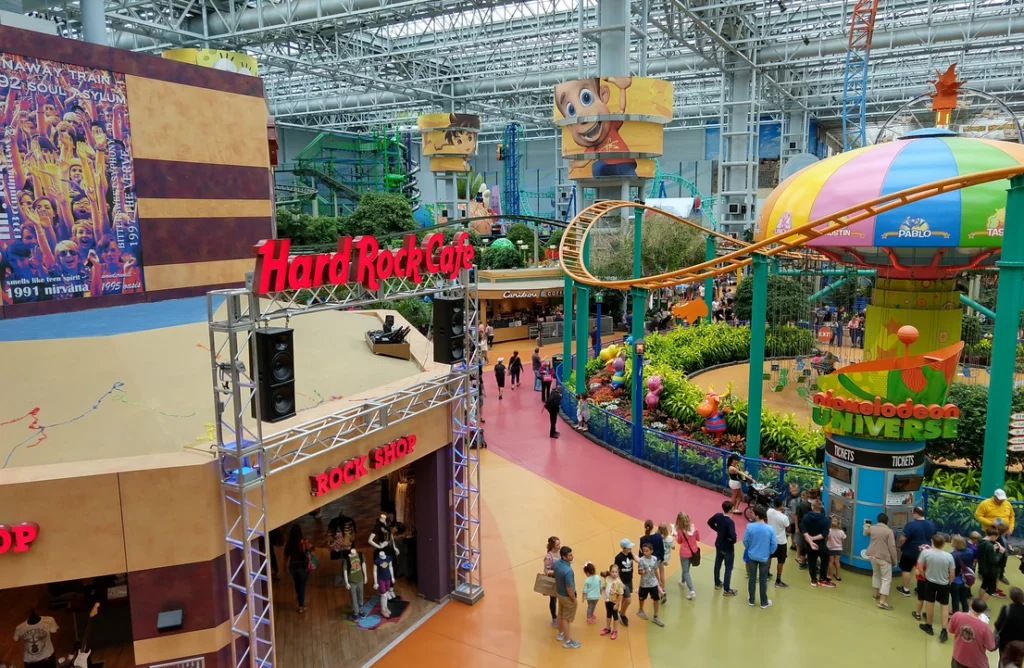
Though it opened in 1992, Mall of America captured the essence of what made earlier malls magical while taking the concept to unprecedented heights. The four-story complex featured not just shopping but an entire amusement park, aquarium, and entertainment venues that made it feel like a small city under one roof. Anchor stores like Macy’s, Nordstrom, and Sears provided familiar shopping experiences while Nickelodeon Universe offered thrills that earlier mall-goers could only dream of.
The sheer scale of Mall of America meant that visitors often spent multiple days exploring its offerings, staying in connected hotels and treating the mall like a vacation destination. Families would plan annual pilgrimages from across the country, creating memories that lasted far beyond any purchases made. The central rotunda with its soaring ceiling and carnival atmosphere recaptured the sense of wonder that the first mall visitors felt decades earlier.
6. Del Amo Fashion Center – Torrance, California
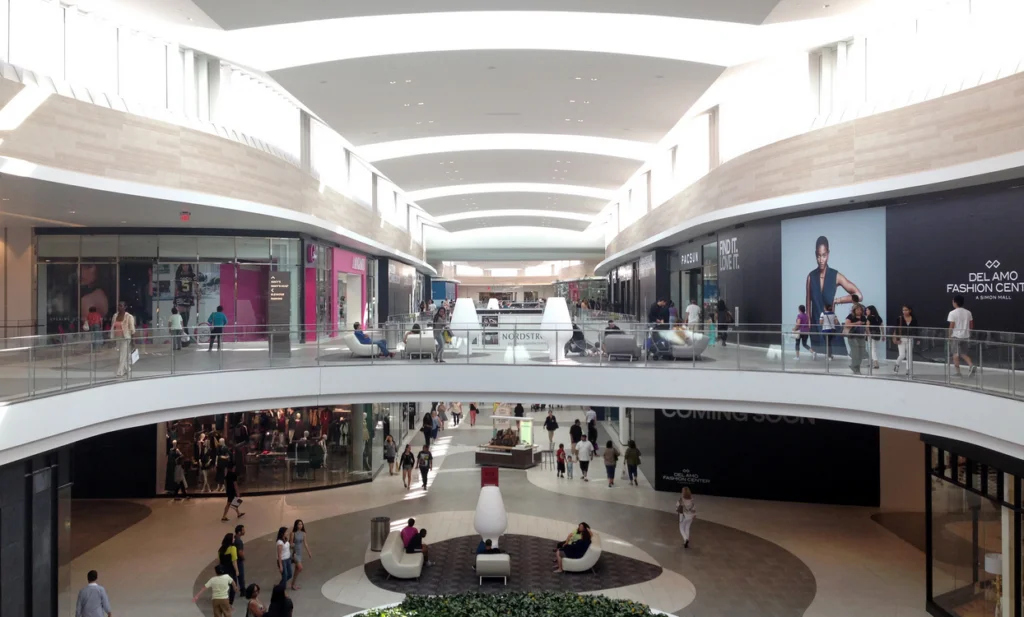
Del Amo Fashion Center opened in 1961 and expanded multiple times to become, at one point, the largest mall in the United States by total area. The mall’s sprawling layout featured distinct sections connected by long corridors, each with its own personality and mix of stores. Department stores like May Company, The Broadway, and JCPenney served as landmarks in the vast retail landscape, helping shoppers navigate the seemingly endless options.
The mall’s California design incorporated outdoor elements with indoor shopping, featuring courtyards and skylights that brought the pleasant Southern California climate inside. During the 1970s and 1980s, Del Amo became a social hub for the South Bay area, with teenagers congregating in the arcade and families making weekly pilgrimages for both necessities and luxuries. The food court was legendary for its size and variety, offering everything from Chinese fast food to pizza that rivaled any restaurant.
7. Eastland Mall – Harper Woods, Michigan
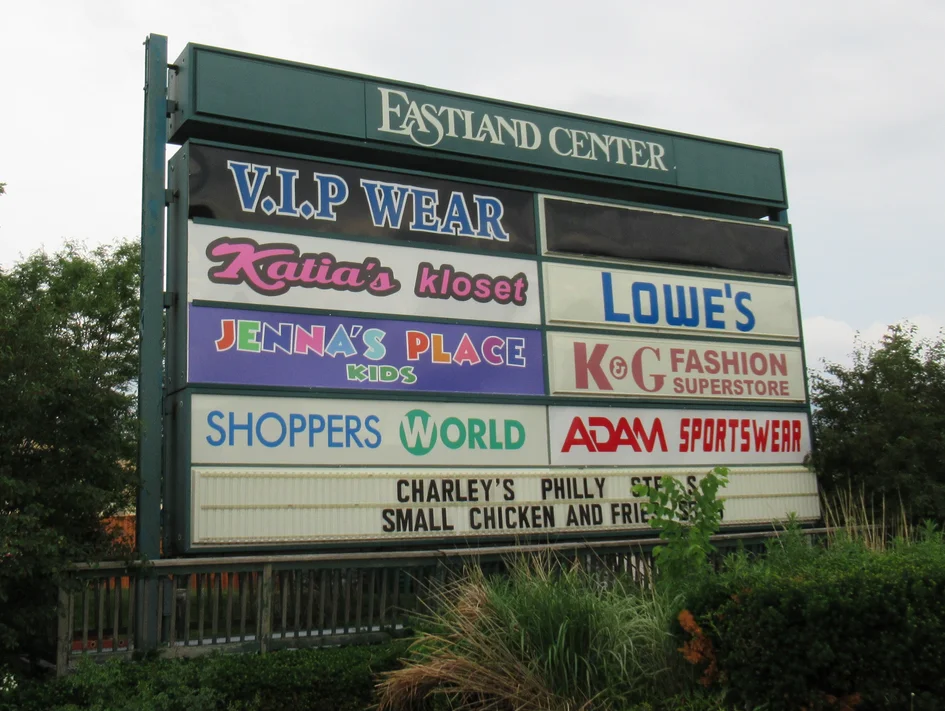
Eastland Mall opened in 1957 as one of the Detroit area’s premier shopping destinations, featuring Hudson’s as its flagship anchor store alongside Montgomery Ward and other popular retailers. The mall’s mid-century modern design included sleek lines, terrazzo floors, and a central court with a distinctive geometric ceiling that felt thoroughly space-age. Located in the heart of Michigan’s automotive boom, Eastland represented the prosperity and optimism of postwar America.
During its golden years in the 1960s and 1970s, Eastland was where Detroit-area families went for back-to-school shopping, prom dresses, and holiday gifts. The mall’s restaurant, the Caucus Club, was famous throughout the region for its upscale dining and became a popular spot for special occasions. Teenagers would spend entire summer days at Eastland, browsing record stores, meeting friends at the fountain, and soaking up the air conditioning during Michigan’s humid summers.
8. Northpark Center – Dallas, Texas

Northpark Center opened in 1965 as Dallas’s most sophisticated shopping destination, featuring Neiman Marcus, Titche-Goettinger, and JCPenney in a sleek, modernist design that epitomized Texas-sized ambition. The mall’s distinctive architecture included clean lines, expansive glass walls, and an impressive collection of contemporary art that made shopping feel like visiting a museum. Located in North Dallas, Northpark quickly became the preferred destination for the city’s growing population of affluent professionals who appreciated its upscale atmosphere and carefully curated mix of retailers.
During the 1970s and 1980s, Northpark was where Dallas families went to see and be seen, especially during the height of the city’s oil boom prosperity. The mall’s central court featured elegant seating areas and rotating art exhibitions that gave it a cultural sophistication unusual for shopping centers of the era. Weekend visits often turned into all-day affairs, with families browsing the boutiques, enjoying lunch at one of the mall’s restaurants, and children getting their pictures taken with Santa during the elaborate holiday displays that became legendary throughout North Texas.
9. Crossroads Mall – Oklahoma City, Oklahoma
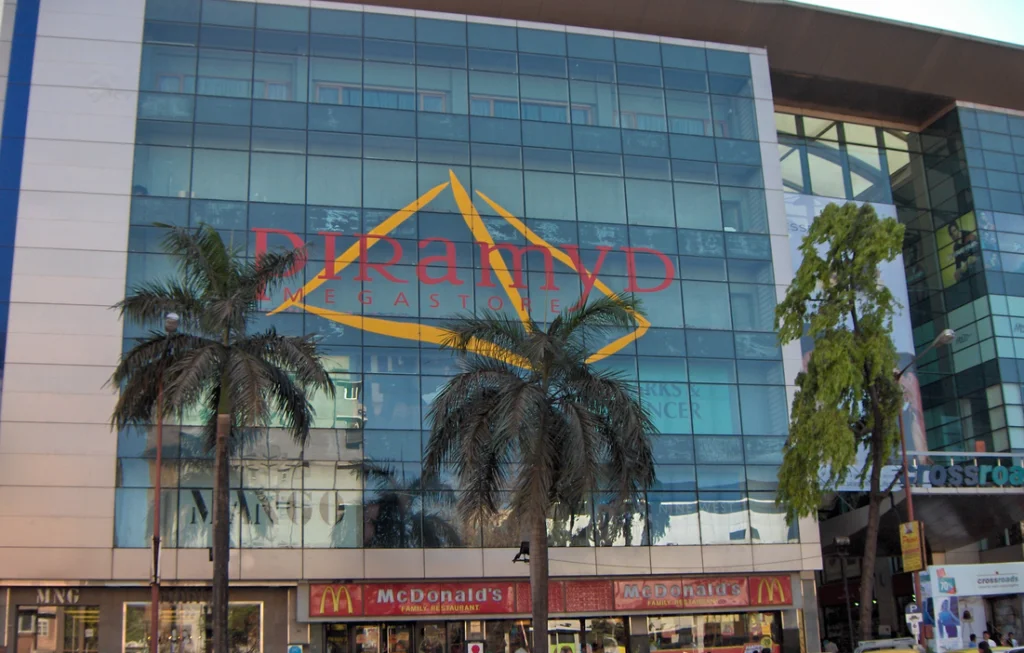
Crossroads Mall opened in 1974 as Oklahoma City’s premier shopping destination, featuring Dillard’s, JCPenney, and Montgomery Ward as anchor stores in a sleek, modern design. The mall’s central court featured a distinctive sunken seating area surrounded by planters and a fountain, creating a comfortable gathering space that quickly became popular with shoppers of all ages. The wide corridors and high ceilings gave Crossroads an airy, spacious feel that set it apart from older shopping centers.
During the late 1970s and 1980s, Crossroads was the place for Oklahoma City teenagers to see and be seen, especially on Friday and Saturday nights when the mall stayed open late. Families would make special trips for major purchases like school clothes or Christmas gifts, often followed by dinner at one of the mall’s sit-down restaurants. The mall’s success helped define Oklahoma City’s growing suburbs and became a symbol of the city’s increasing sophistication and prosperity.
10. Fairlane Town Center – Dearborn, Michigan
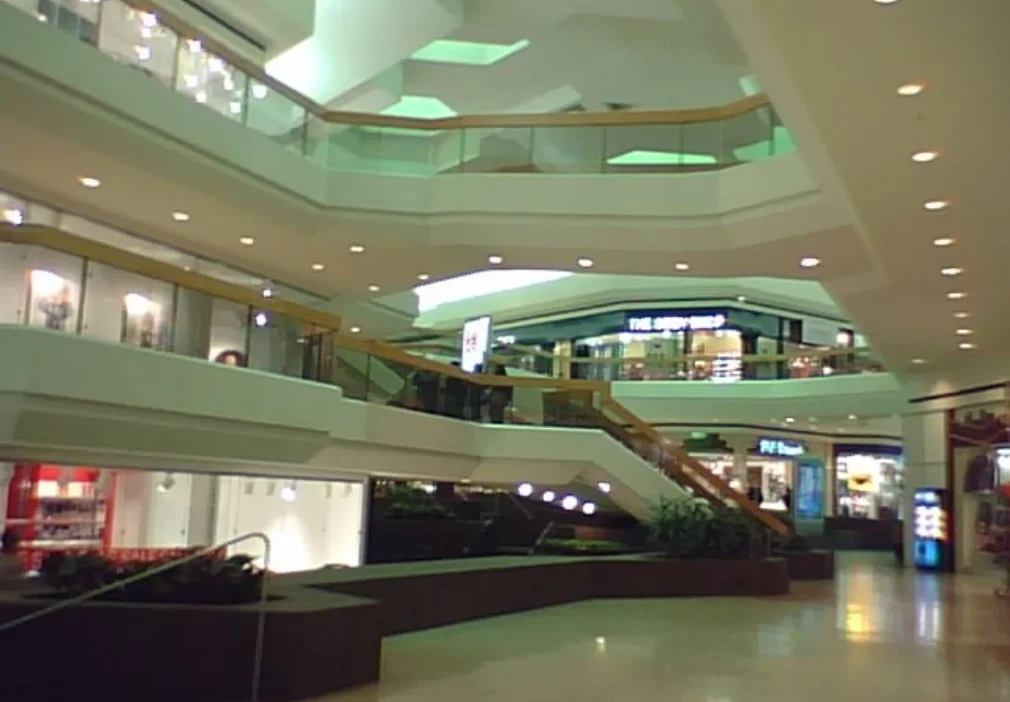
Fairlane Town Center opened in 1976 as an upscale shopping destination serving the Detroit area’s affluent western suburbs, featuring Hudson’s, Lord & Taylor, and Saks Fifth Avenue as anchor stores. The mall’s elegant design included marble accents, brass fixtures, and a sophisticated color scheme that made every shopping trip feel like a special occasion. Located near the Ford Motor Company headquarters, Fairlane attracted automotive executives and their families who appreciated the mall’s refined atmosphere.
The mall’s restaurant, the Caucus Club, became legendary throughout the Detroit area for its fine dining and became a popular destination for business lunches and special celebrations. Fairlane’s upscale atmosphere extended to its specialty stores, which included boutiques and shops that couldn’t be found in other area malls. During the holiday seasons, the mall’s decorations were particularly elaborate, featuring live entertainment and special events that drew families from across southeastern Michigan.
11. Sunrise Mall – Massapequa, New York
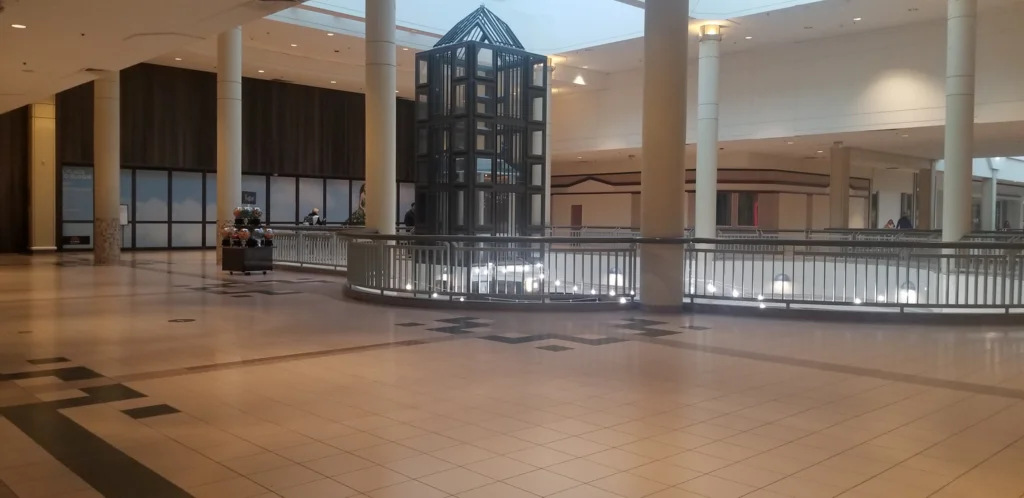
Sunrise Mall opened in 1973 as Nassau County’s premier shopping destination, serving the growing Long Island suburbs with anchor stores including Abraham & Straus, Alexander’s, and JCPenney. The mall’s design featured a striking central court with a soaring ceiling and distinctive geometric patterns that reflected the bold architectural styles of the early 1970s. Wide corridors lined with storefront windows created an indoor Main Street atmosphere that made browsing a pleasure even on the coldest winter days.
During its heyday in the late 1970s and 1980s, Sunrise Mall was where Long Island families went for everything from everyday necessities to special occasion shopping. The mall’s location made it easily accessible from both Nassau and Suffolk counties, drawing shoppers who appreciated its comprehensive mix of stores and restaurants. Teenagers from nearby high schools made Sunrise Mall their weekend headquarters, congregating at the arcade and food court while parents shopped at the department stores.
12. Randall Park Mall – North Randall, Ohio
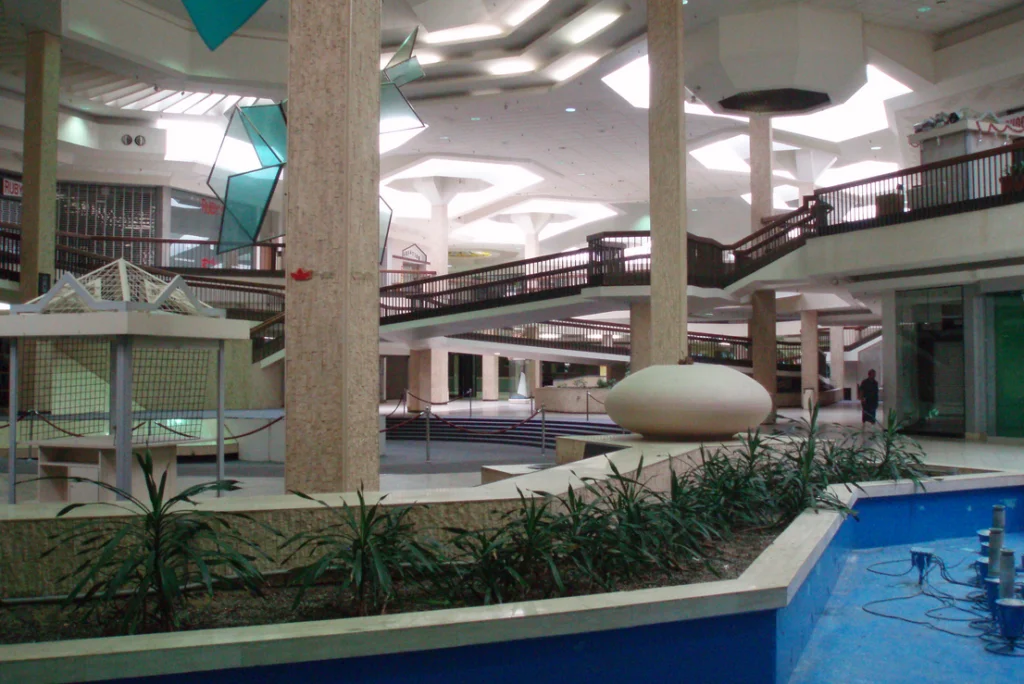
Randall Park Mall opened in 1976 as one of the largest shopping centers in the world, serving the Cleveland area with over 2 million square feet of retail space anchored by Higbee’s, May Company, JCPenney, and Sears. The mall’s impressive scale featured multiple levels connected by escalators and a central court with a distinctive pyramid-shaped skylight that became an iconic landmark. The sheer size of Randall Park meant that each visit felt like an expedition, with new stores and surprises waiting around every corner.
During the late 1970s and early 1980s, Randall Park was the crown jewel of Cleveland-area shopping, attracting families from across northeastern Ohio who would make day-long trips to explore its offerings. The mall’s food court was legendary for its size and variety, while the arcade provided endless entertainment for teenagers and children. Holiday seasons were particularly magical at Randall Park, with elaborate decorations spanning multiple levels and special events that made the mall feel like the center of the community’s celebrations.
The magic of these great malls wasn’t just in their impressive architecture or comprehensive shopping options – it was in the memories they helped create. They were places where first dates happened over Orange Julius drinks, where families created holiday traditions, and where the simple act of window shopping became an afternoon’s entertainment. While online shopping and changing retail patterns have transformed how we shop, those of us who experienced these malls in their prime will always remember the unique joy of spending a Saturday afternoon wandering their corridors, discovering treasures, and feeling part of something bigger than ourselves.


